WELCOME TO RIO DE JANEIRO!
Get ready to immerse yourself in the rhythm of samba, the embrace of golden beaches, and the allure of sweeping mountain views. Whether you're a beach bum, a foodie or a culture enthusiast, Rio has something for everyone, and then some.
This 7-day itinerary is more of a friendly guide than a rigid schedule, offering a taste of the endless wonders this city has to offer. Feel free to mix, match, and add your own flair (or drop me a line if you’ve got a great suggestion!). From iconic landmarks to hidden gems, let this be your roadmap to an unforgettable week in the Cidade Maravilhosa!
Day 1: Arrival and Ipanema Exploration










• Morning: Arrive, settle in, and take a stroll along Ipanema Beach. Stop by Nossa Senhora da Paz Square to explore the farmers' market (if it’s Friday).or the Hippy Fair at Praça General Osório on Sundays. Try fresh pastels and tapiocas from the kiosks also amazing regional food from Northern Brazil.
• Afternoon: Relax on the beach with Globos (snack) and mate (iced tea). Cool off with coconut water from a vendor. Watch some of the best surfers in Brazil at Arpoador Rock.
• Evening: Dinner at Garota de Ipanema, where the famous song the “Girl from Ipanema” was inspired. Walk to Arpoador Rocks to watch a stunning sunset. Pay your respects to the statue of Don Jobin, writer of the second most famous song in the world (can you guess the first?
The kiosks along the Ipanema boardwalk, or Orla de Ipanema, are vibrant and iconic spots that perfectly blend beach culture with local Brazilian flavors. They line the famous mosaic-tiled promenade, offering a mix of refreshments, snacks, and lively atmospheres that capture the essence of Rio de Janeiro.
Day 2: Christ the Redeemer and Santa Teresa












• Morning: Start with breakfast at Confeitaria Colombo (Copacabana branch), then head to Christ the Redeemer. Take the train or van to enjoy breathtaking views early.
• Afternoon: Visit Santa Teresa, walk its cobblestone streets, and explore local galleries. Stop by the Selarón Steps before heading to Lapa.
• Evening: Academia da Cachaça and explore Leblon
Go see a show! The Roxy Theater was one of the most iconic cinemas in Rio, often associated with the glamour of Copacabana and the golden age of Brazilian cinema. It became a symbol of urban culture in Rio de Janeiro, attracting a variety of locals and tourists alike. Opened in 1938, the concert hall is now reinvented and called “Roxy Dinner Show” promising to offer entertainment that can be compared to the Moulin Rouge in Paris.
Day 3: Sugarloaf Mountain and Urca






• Morning: Take the cable car to Sugarloaf Mountain (Pão de Açúcar). The views of the city, beaches, and bay are stunning.
• Afternoon: Explore the quaint Urca neighborhood. Walk along the Pista Cláudio Coutinho, a scenic path by the water.
• Evening: Try a casual dinner at Bar Urca, enjoying traditional Brazilian dishes while sitting by the bay.
Day 4: Relaxation, Paddleboarding, and Soccer








• Morning: Rent a bike and ride along the beachfront bike path to Leme, soaking in Rio’s coastal beauty. Pay 10 reals at the Forte de Duque de Caxias, a military base open to the public. Visitors can walk to the top of Morro do Leme (Leme Mountain) along a steep 800m trail that passes through Atlantic rainforest. Along the way, you’re bound to run into wild marmosets which number in the hundreds. At the top stands an 18th-century fort affording magnificent views of Pão de Açúcar
• Afternoon: Try paddleboarding at Ipanema or Copacabana Beach, then relax with a refreshing coconut water or snack.
• Watch (or participate) in Hang gliding, a popular activity at Pedra Bonita in Rio de Janeiro. The take-off ramp, situated approximately 507 meters above sea level in the Tijuca National Park, is specifically designed for hang gliding and paragliding.
• Evening: Catch a soccer match at the iconic Maracanã Stadium if there’s a game.
And if you feel like a workout, this is the coolest gym youve ever seen. The Arpex Academia, also known as Academia do Arpoador, is a free outdoor gym located at Praia do Diabo in Arpoador, located between Copacabana and Ipanema in Rio de Janeiro. The gym’s equipment is sustainably crafted from repurposed materials like construction debris and plastic waste and has stunning ocean views.
Day 5: Botanical Garden, Lagoa, and Capybaras





• Morning: Start with a visit to the Botanical Garden to admire exotic plants and massive palm trees.
• Afternoon: Walk or bike around Lagoa Rodrigo de Freitas, keeping an eye out for capybaras. Stop at a lakeside cafe for a drink or snack.
• Evening: Have dinner at Haru Sushi in Ipanema or the Esch Cafe-Leblon and Cigar Bar inLeblon.
The kiosks like SEL d’Ipanema along the Ipanema boardwalk in Rio de Janeiro are iconic features of the city's beachfront lifestyle. These kiosks are small, often colorful stands that serve a variety of snacks, drinks, and local treats to both tourists and locals. They are an essential part of the Rio beach experience, providing a place for people to relax, hydrate, and refuel while enjoying the sun and sea.
Day 6: Museum of Tomorrow and Downtown Rio








• Morning: Visit the futuristic Museum of Tomorrow in Praça Mauá and explore the surrounding area, including Boulevard Olímpico.
• Afternoon: Have lunch at the iconic Confeitaria Colombo in the historic downtown area.
• Evening: Return to Ipanema and unwind with chops (beer) and light snacks at a local bar.
Day 7: Free Day and Farewell Sunset



• Morning: Revisit your favorite spots or explore more of Ipanema. Enjoy a relaxed breakfast and shop for souvenirs.
• Afternoon: Spend your last afternoon at the beach, play a soccer game of Altinha or Futvolei
• Evening: Watch the sunset one last time at Arpoador Rocks, ending your trip with a toast to a memorable vacation.
Fun things you’ll be eating and drinking
While you’re in Copacabana, you can’t miss the coffee at Café e Tabacaria Lolló! Names like Tom Jobim and Dercy Gonçalves as part of the clientele, they’ve been in business since the mid 1940s, Café e Tabacaria Lolló and has seen many changes. From the 60s to the 80s, the main business was after the movies where up to 4,000 coffees were sold a day. Today many things are the same like needing to purchase tokens in the front to trade in for coffee in the back. Along with (IMHO) the best coffee in Copacabana, you can buy a Cohiba, sandwiches, cakes and even batteries or hunting knives. One of the most unique businesses in Cidade Maravilhosa
Chopes: in Brazil refers to draft beer, rather than a specific brand or style. It is the local term for beer served on tap, typically in a bar, pub, or restaurant. One of the key qualities of chope is its freshness. It is usually served very cold, often between 2-6°C (36-43°F), and is typically poured into a chilled glass to maintain its refreshing taste.
Guaraná Antarctica: a soda that’s been a staple in Brazilian culture since 1921. It’s made with guaraná extract and has a unique sweet, slightly herbal, and somewhat fruity flavor. Guaraná has about twice the amount of caffeine per gram compared to coffee, making it a powerful natural stimulant.
Feijoada: A hearty black bean stew with pork, traditionally served with rice, orange slices, and collard greens. It’s Brazil’s national dish!
Coxinhas: Golden, teardrop-shaped chicken croquettes, crispy on the outside and creamy on the inside. A beloved snack.
Biscoito Globo: Light and crunchy tapioca-based snacks, a beachside staple in Rio. Perfect with Mate. **In 2016, during the Rio Olympics, The New York Times published a critique of Biscoito Globo, describing it as "biting into a biscuit 'as if your teeth are at a party to which your tongue was not invited.'" This comment sparked significant backlash among Brazilians, who view the snack as a cherished part of their culinary heritage.
Mate: A chilled, lightly sweetened iced tea, often sold from barrels on Rio’s beaches. Refreshingly addictive.
Milho Verde: Steamed or grilled corn on the cob, served with butter and salt, and a street food favorite.
Geneal Hotdogs: Topped with a myriad of extras like corn, peas, shoestring potatoes, and sauces. A feast in a bun.
Rabanada: Brazilian-style French toast, soaked in condensed milk and fried, usually enjoyed at Christmas.
Caipirinha: Brazil’s iconic cocktail, made with cachaça, lime, sugar, and ice. Simple yet potent.
Tapiocas: Crepes made from cassava flour, filled with sweet or savory ingredients, from cheese to chocolate.
Pastels: Deep-fried pastry pockets, filled with meats, cheeses, or sweet treats, sold at markets and fairs.
Brigadeiros: Soft chocolate fudge balls rolled in sprinkles, a staple at birthday parties.
Sonhos: Fluffy, cream-filled donuts dusted with sugar, translating to “dreams” for good reason.
Kilo Restaurants: Buffet-style eateries where you pay by the weight of your plate, offering a variety of Brazilian dishes.
Picanha: A prized cut of beef, grilled to perfection, and the centerpiece of Brazilian churrasco.
Açaí: A frozen, purple superfruit blend, served with granola and fruits, perfect for cooling off.
Pão de Queijo: Chewy cheese bread bites made with tapioca flour, a comforting breakfast or snack.
If youre lucky enough to be in Rio for Carnaval, you owe it to your bucket list to get tickets. Rio de Janeiro’s Carnaval is one of the most famous and vibrant festivals in the world, with roots that go back to the 18th century. Its origins are tied to European colonial traditions, particularly the Portuguese, who brought the concept of entrudo, a pre-Lenten festival filled with street revelry, pranks, and masquerading. Over time, entrudo evolved, blending with Afro-Brazilian traditions and indigenous cultural practices.
By the late 19th century, Carnaval began to take on a more organized form, with street parades and samba music becoming central elements. Samba, which originated in Rio's Afro-Brazilian communities, gained popularity in the early 20th century and became synonymous with the festival. In 1928, the first official samba school parade took place, and the idea of competing samba schools soon became a cornerstone of Rio’s Carnaval celebrations.
Throughout the 20th century, Rio’s Carnaval grew in scale and spectacle. In the 1930s and 1940s, the event started to be more formalized, with samba schools competing in larger parades. The development of the Sambódromo in 1984 further elevated the Carnaval to an international level, providing a dedicated space for samba school performances.
Today, Rio's Carnaval is a global cultural event, drawing millions of tourists every year. It is a fusion of music, dance, costumes, and tradition that celebrates the diverse cultural identity of Brazil. The Samba Parade at the Sambadrome remains the highlight of the festival, but street parties (blocos) and other celebrations continue to be a key part of the city’s Carnaval experience.



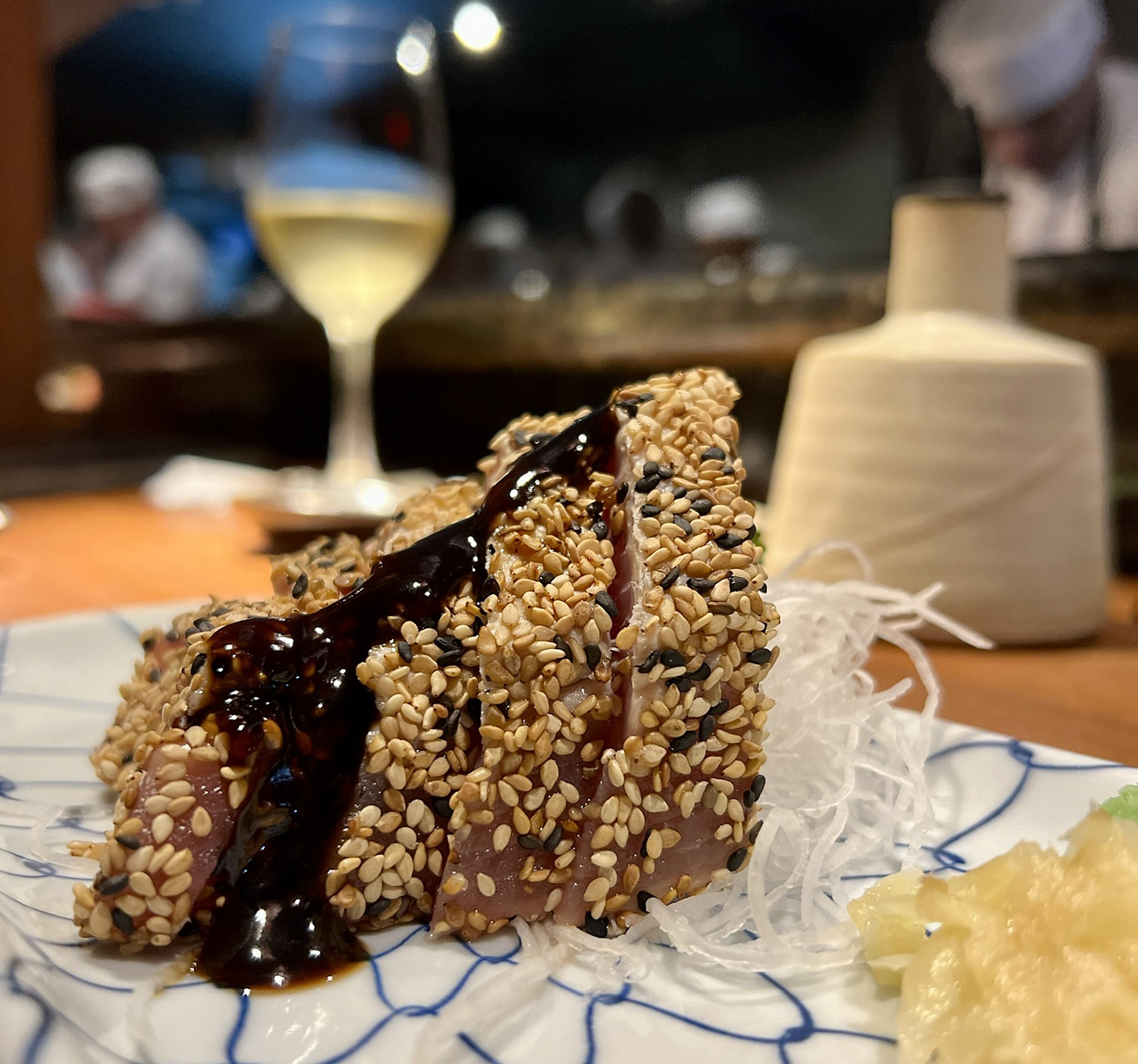

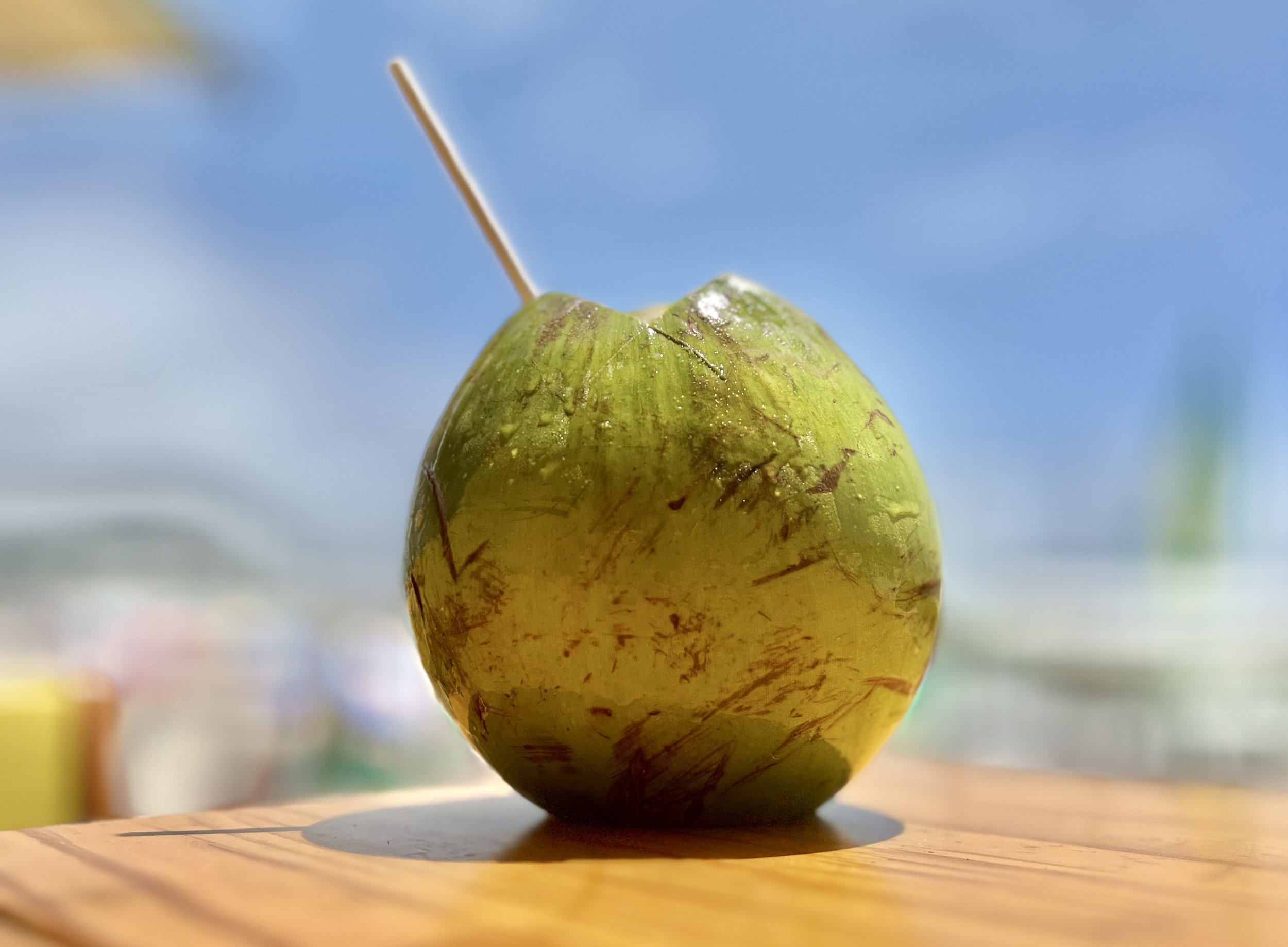
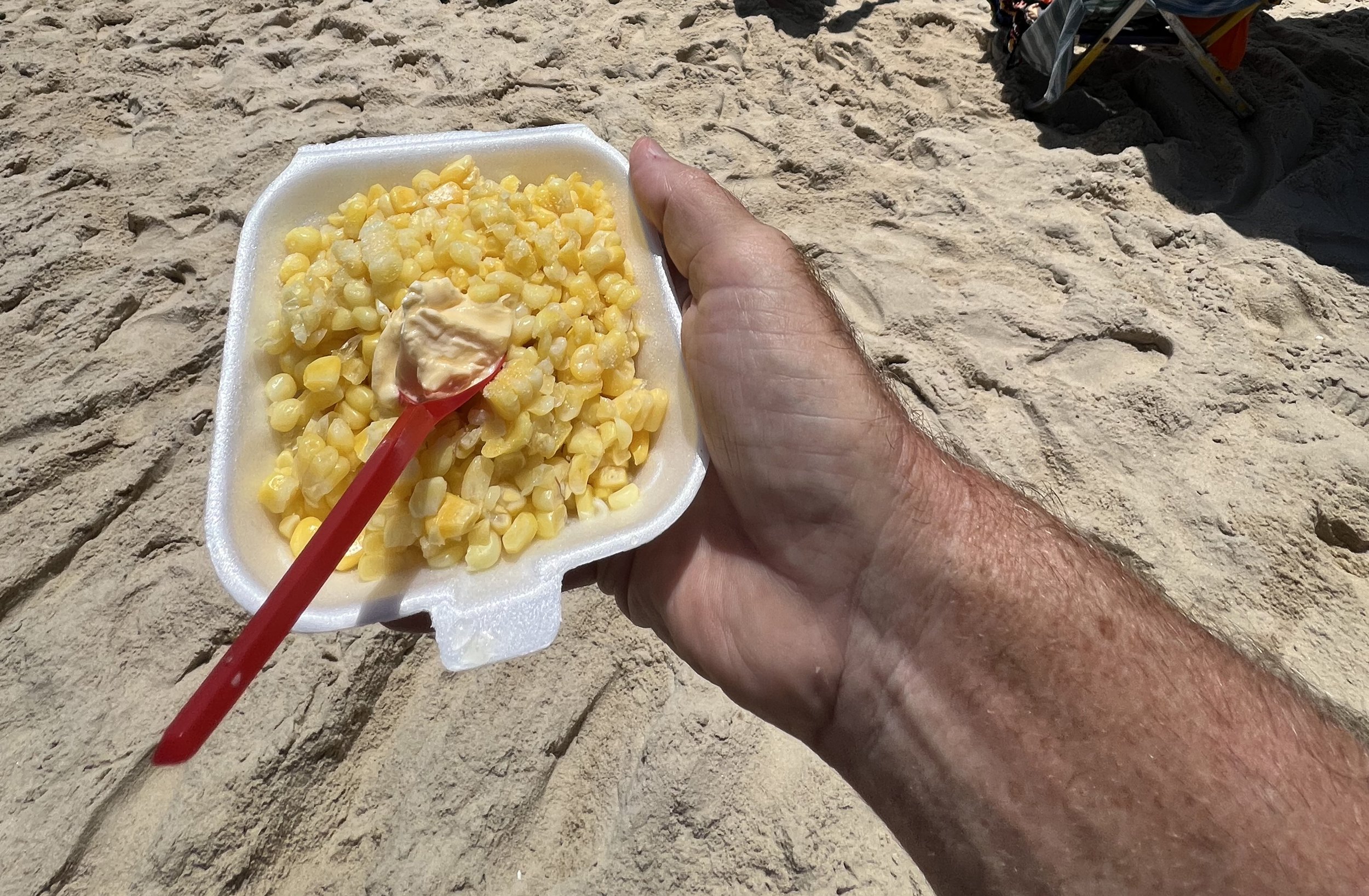

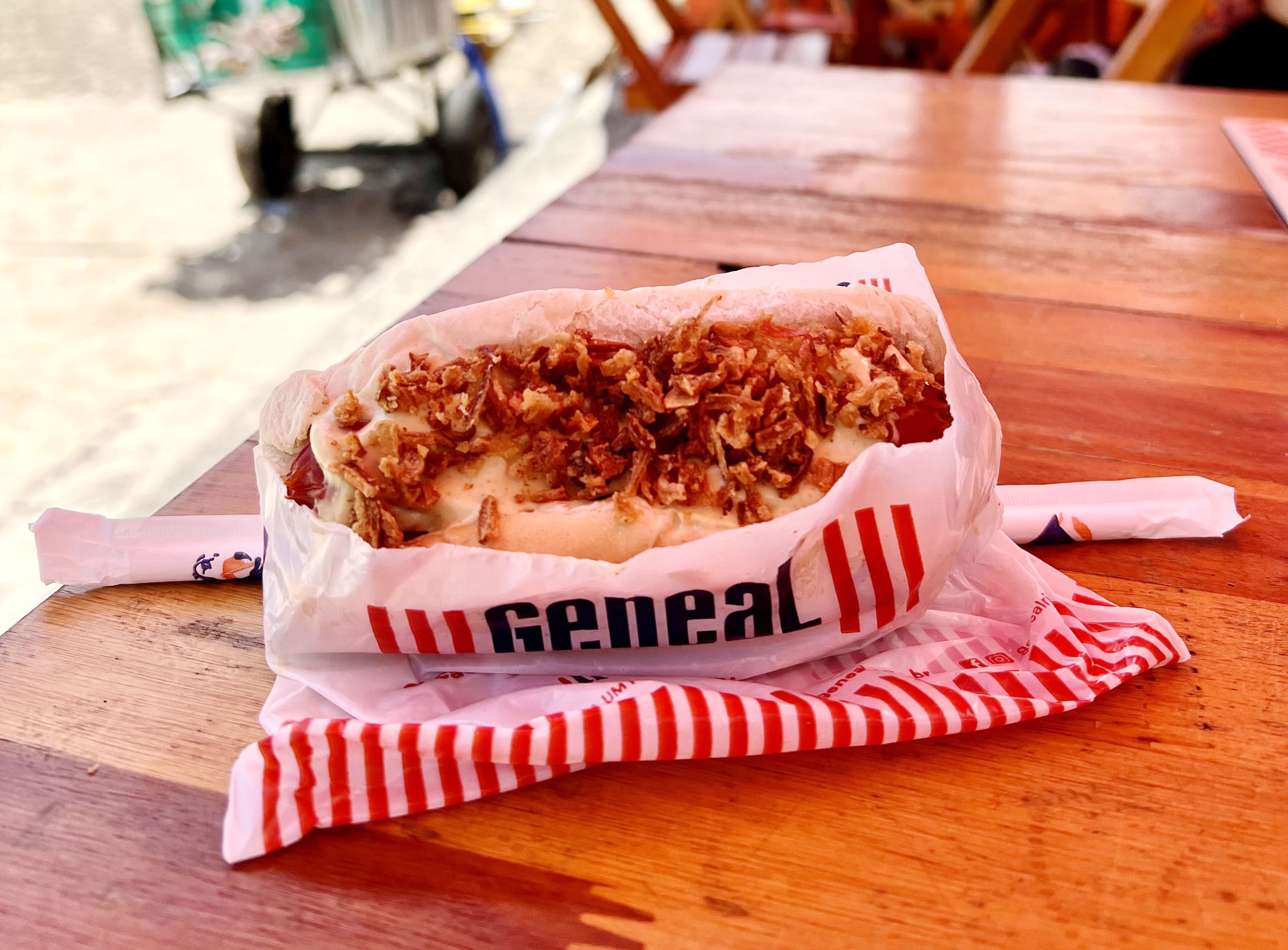

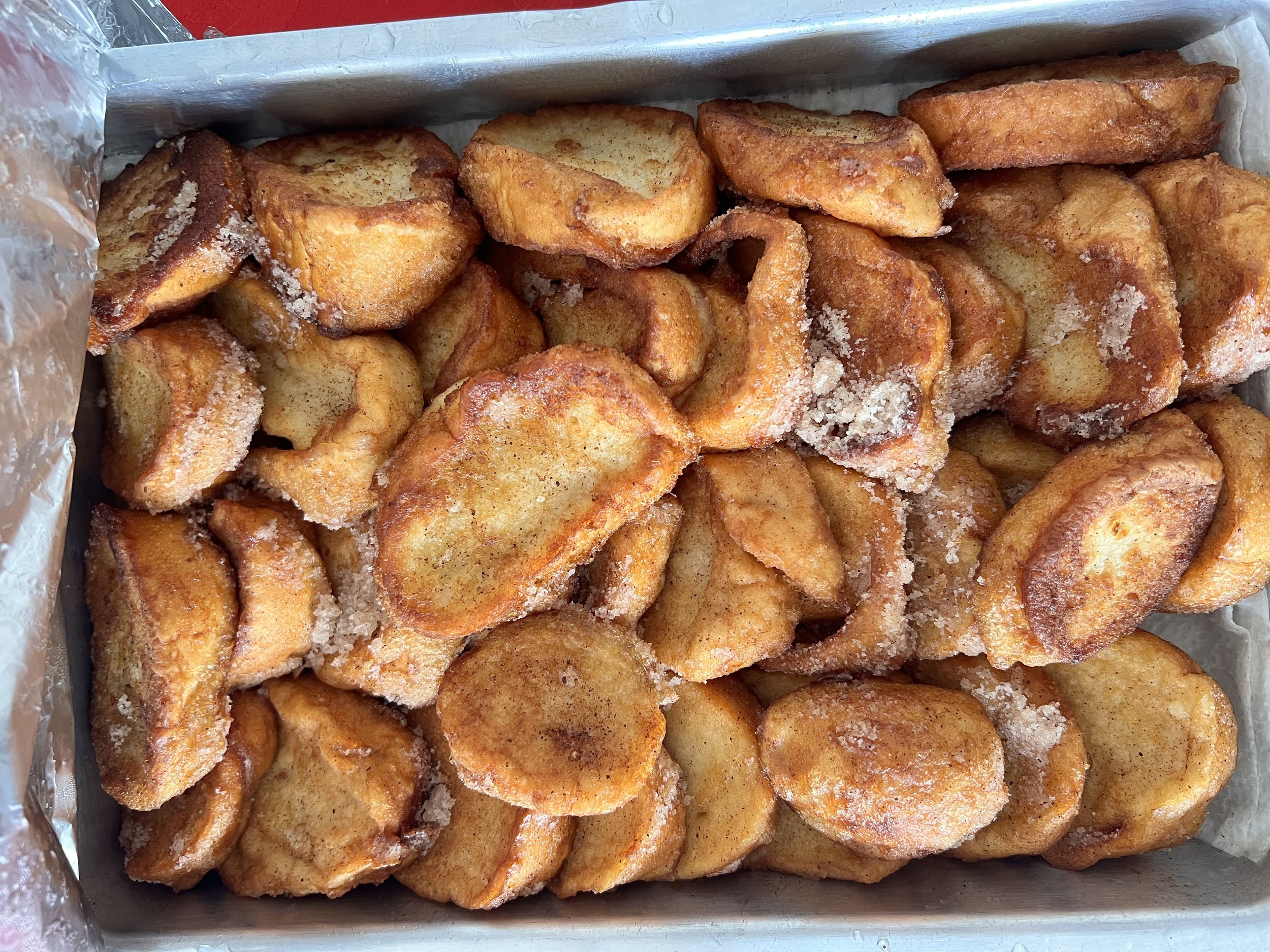




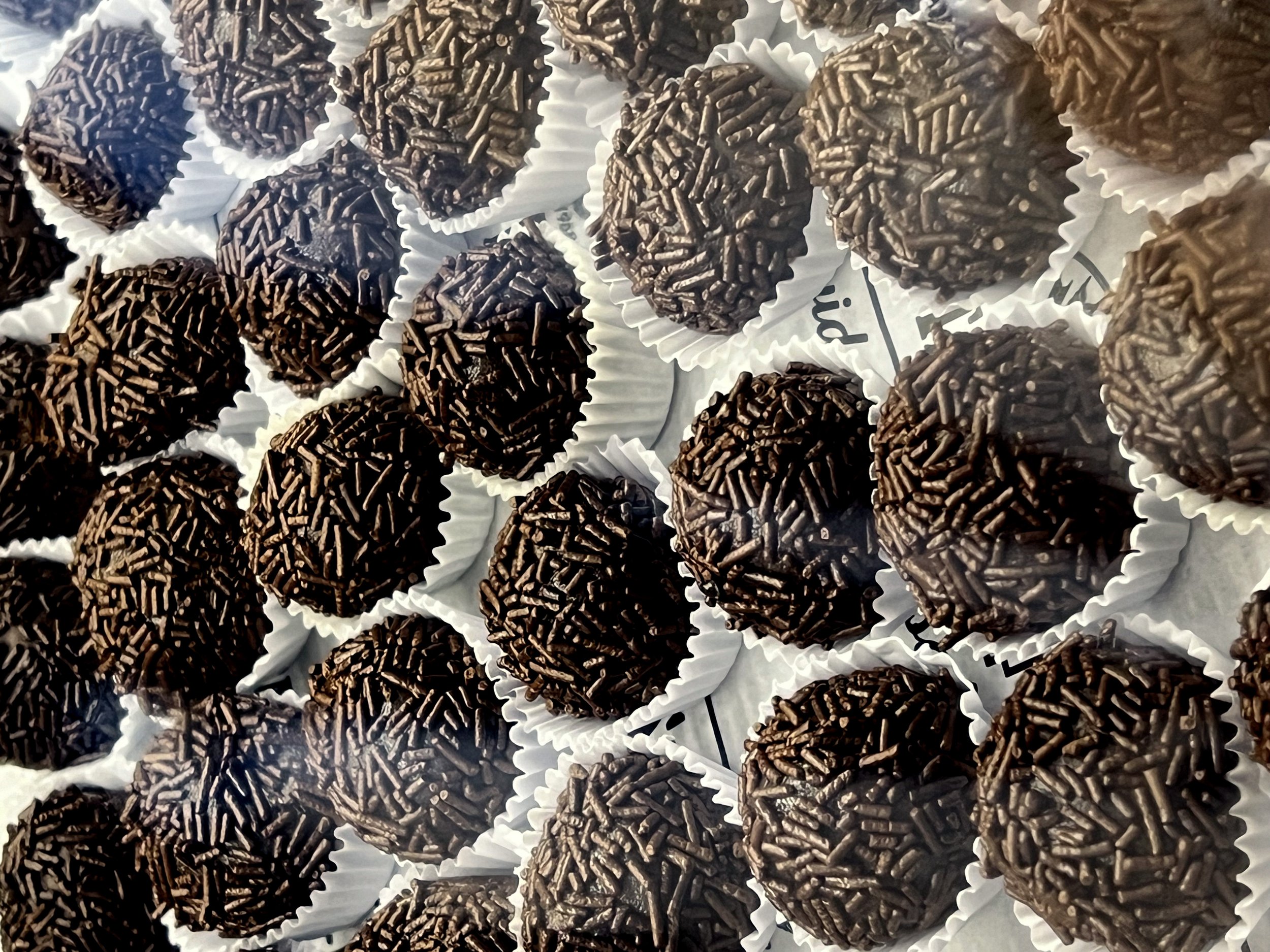
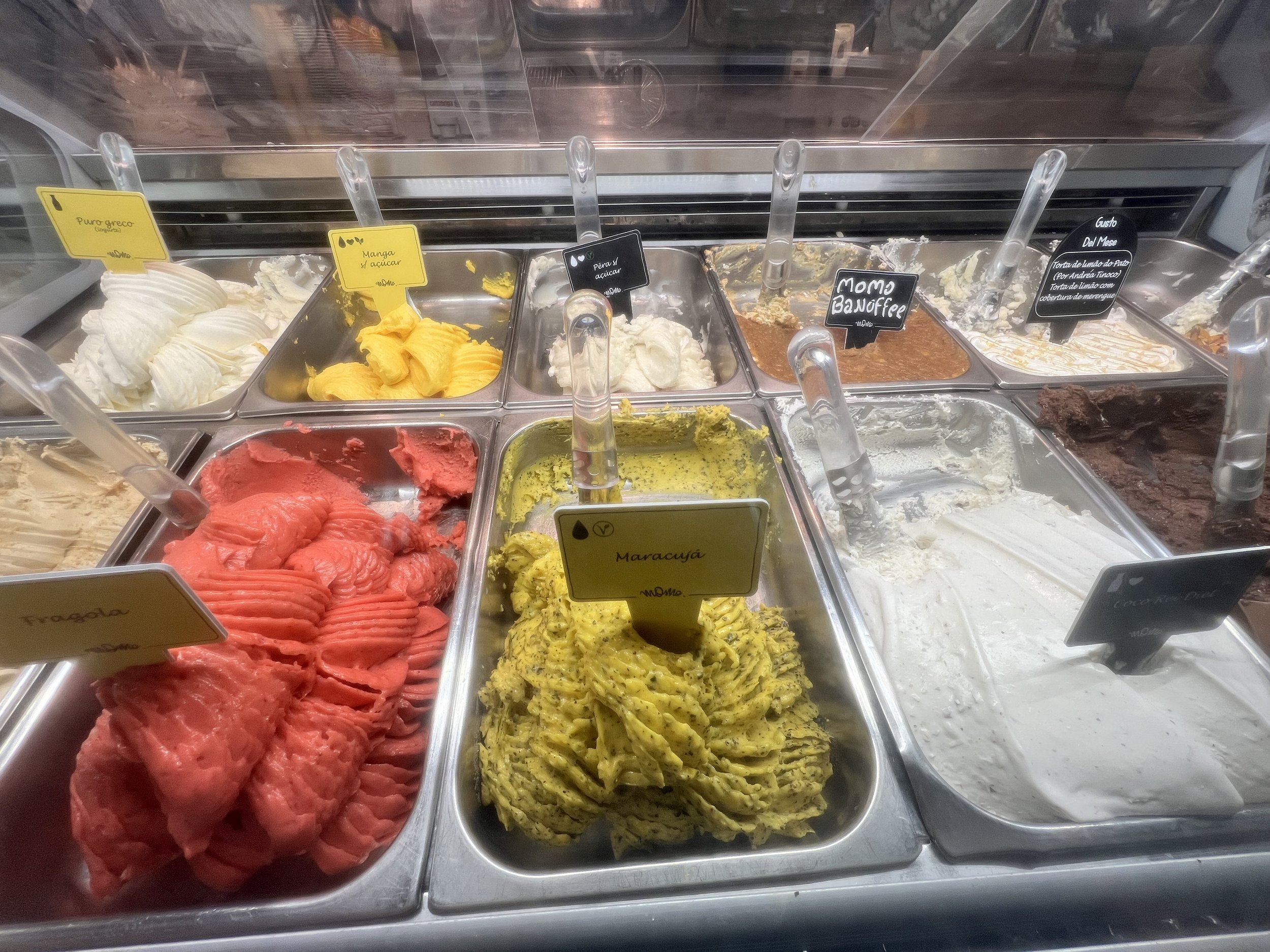

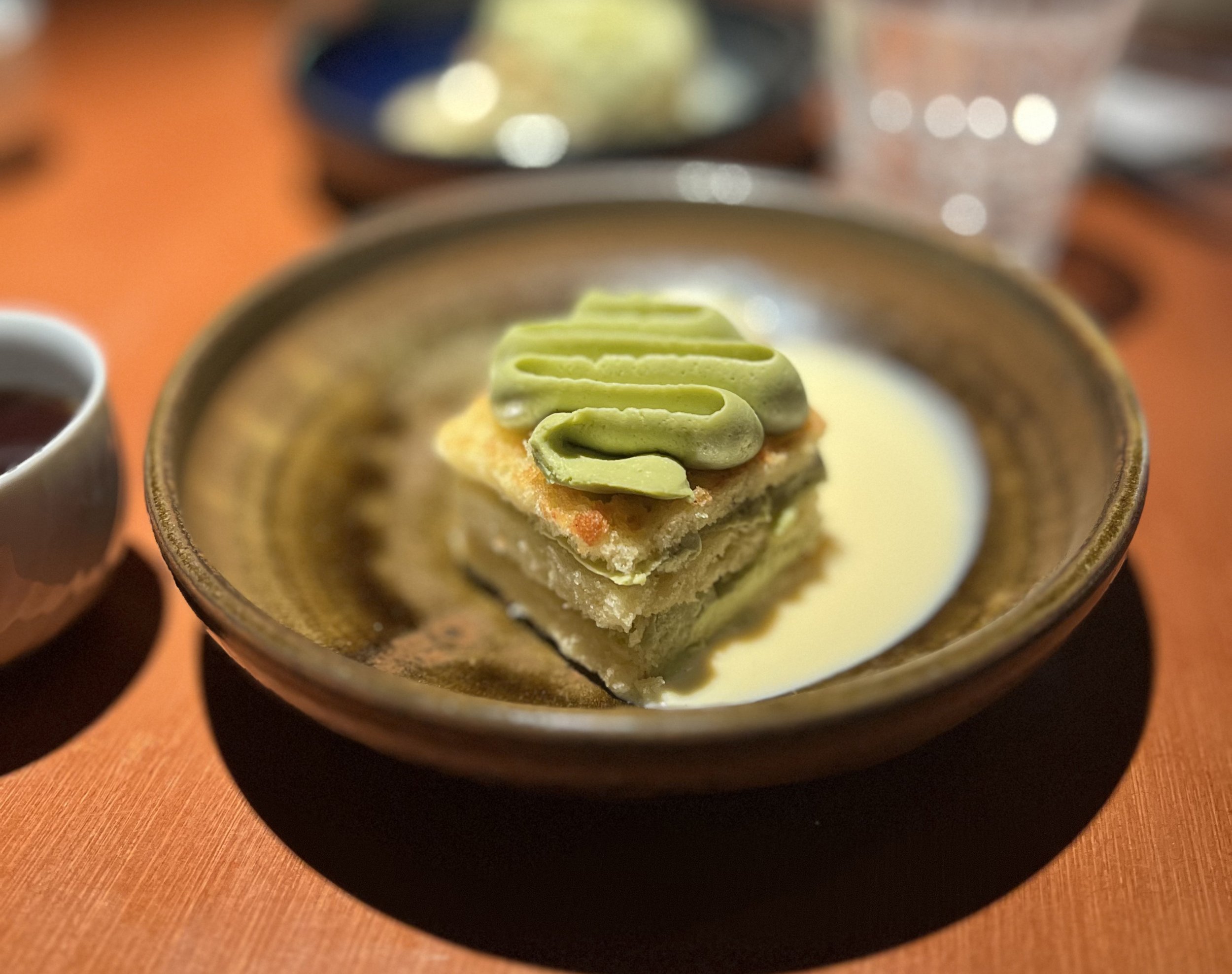
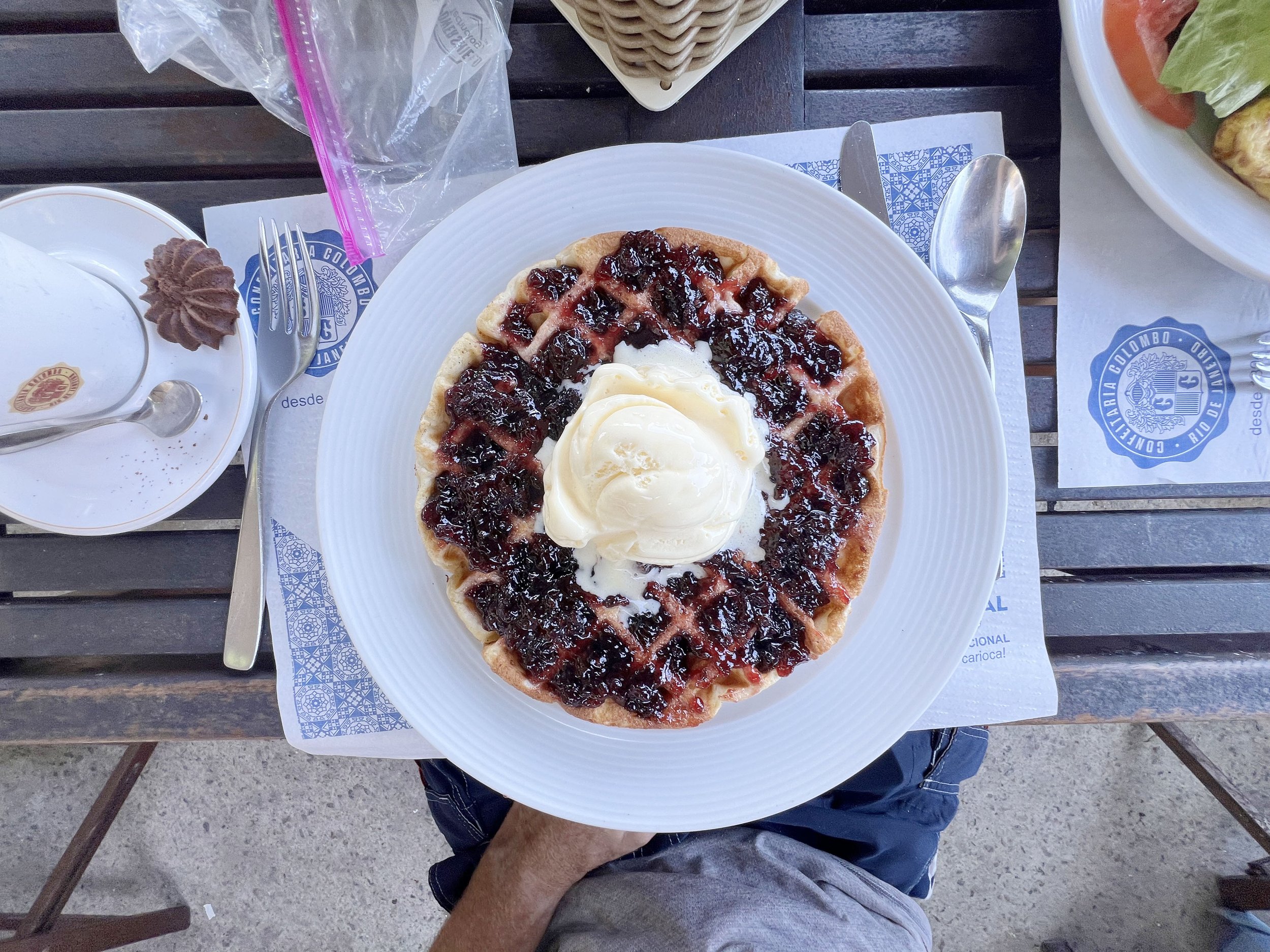





Coming soon: Our Favorites
Sushi- Haru Sushi Bar-Copacabana
Pizza—Ferro e Farinha-Ipanema
Kiosks
Beach food- Mate limão or lemonade, Biscoito Globo, coalho cheese on a stick,
Kilo- Restaurante Aipo e Aipim
Bakery- Tortamania -Ipanema (best cakes and amazing Coxinhas!) Santa Marta (chain) great bread and pastries
Feijoada- Academia da Cachaça—Leblon
Ice Cream- Tie: Bacio di Latte and Momo
Açaí-
French- CT Boucherie Leblon







